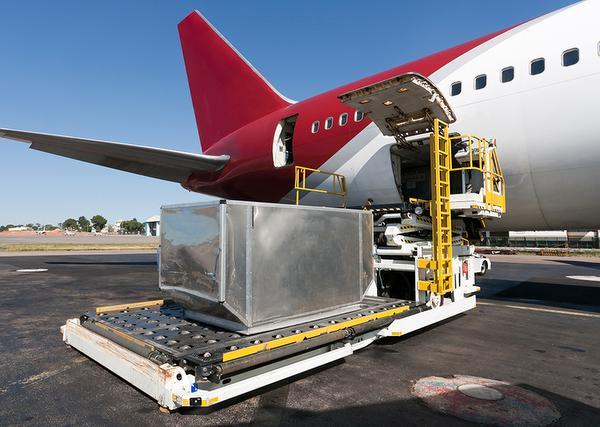Chennai risks being left further behind without a new airport. The current airport is unlikely to be able to handle the projected growth. Capacity and connectivity constraints will have serious ramifications for Tamil Nadu’s economic competitiveness and growth, said Kapil Kaul, CEO & Director, South Asia, South Asia Office of the Center for Aviation (CAPA). CAPA is a provider of aviation market intelligence provider.
A new airport will enable Chennai to leverage its geographical location and multimodal infrastructure to establish itself as a passenger and freight hub between India/South Asia and ASEAN/Australia.
The Chennai airport has under-performed relative to other six metros registering amongst the slowest growth rates for both passengers and cargo. This has been due to a combination of land and infrastructure constraints, and the absence of a commercial focus on network and hub development, he said.
Chennai has the lowest domestic traffic of the six metro airports and has seen the second slowest growth since FY 2004. Only Mumbai grew more slowly due to its capacity constraints. Chennai is the third largest metro airport for international traffic but has seen the second slowest growth. In FY2004, its traffic was more than 4 times than Bengaluru’s traffic but in FY2020 it was only 27 per cent higher, he said.
Further, Chennai handles the second lowest freight volumes among Indian metro airports and has seen the slowest growth since FY2004. The city is the third largest airport for international freight volumes but has seen the second slowest growth since FY2004, he added.
Common vision
It would be important to develop a common vision and plan for the two airports that sees them function as a single, integrated airport system, enabled high speed surface connectivity between them, he said
Kaul urged the State government to develop the airport taking into consideration the need for the 2-3 generations.







